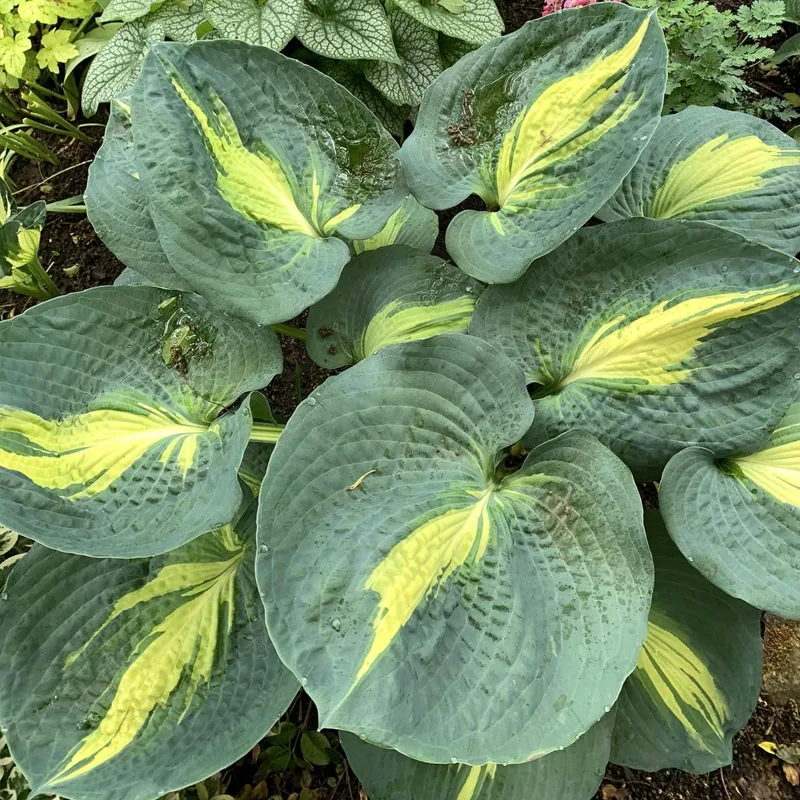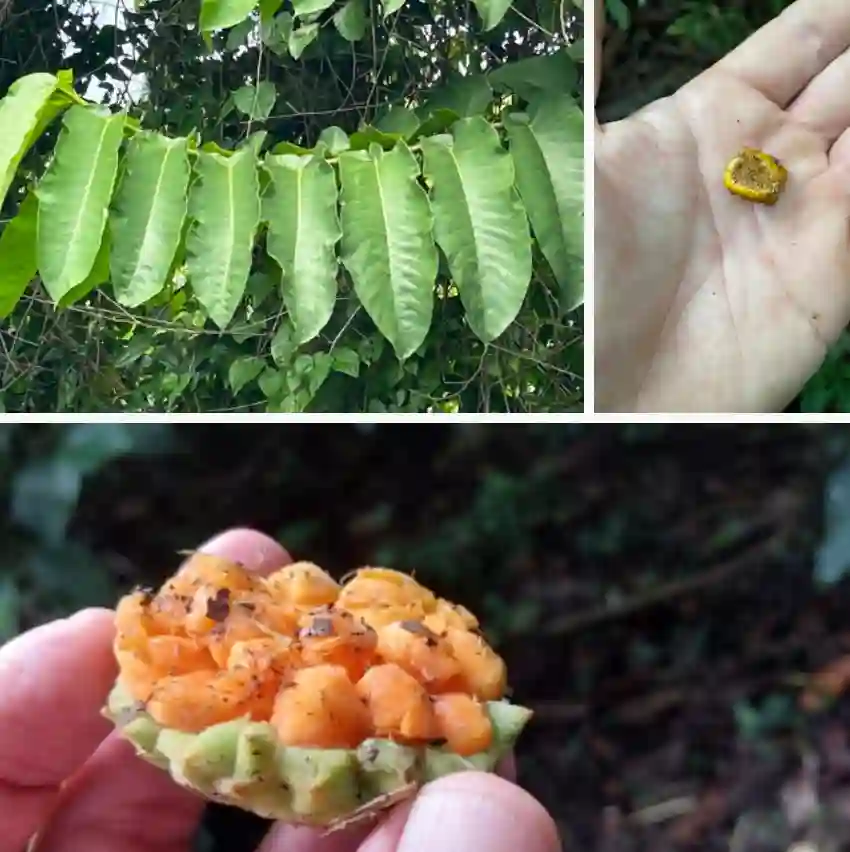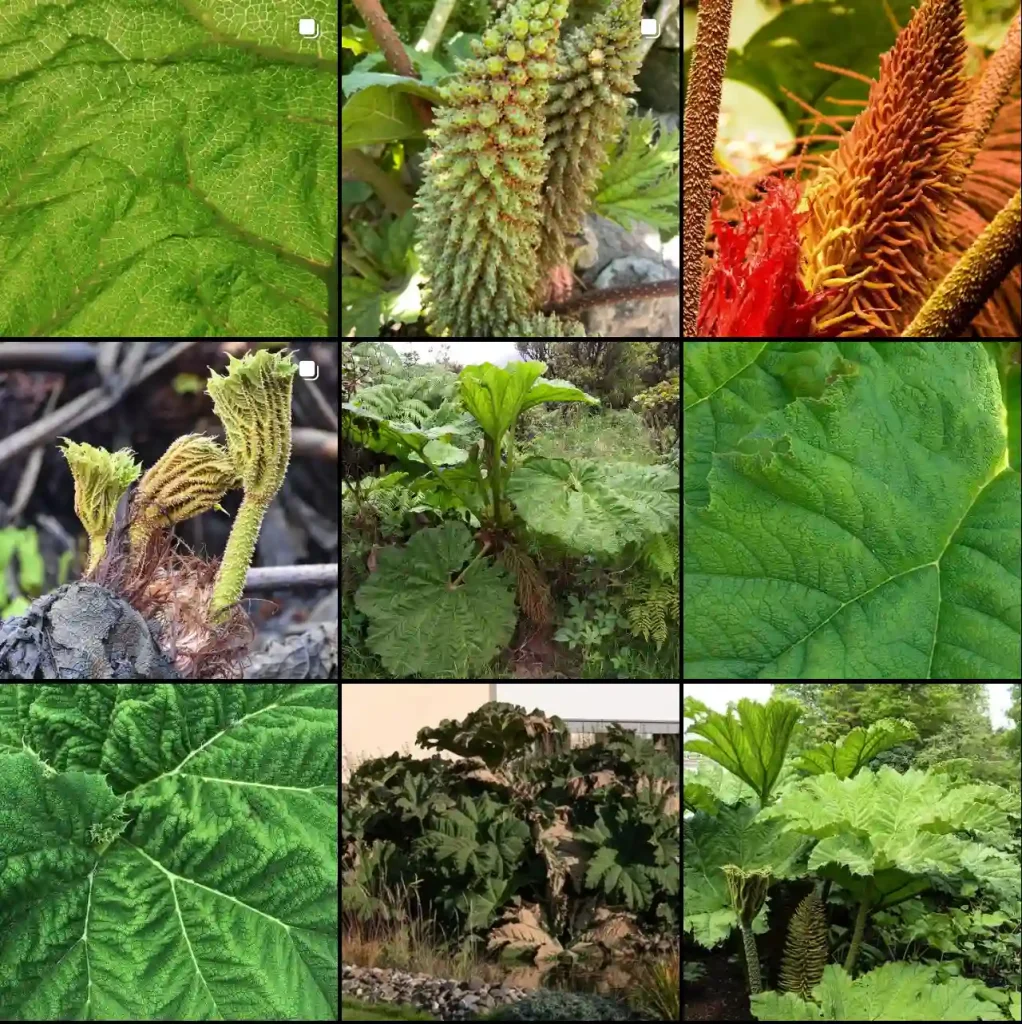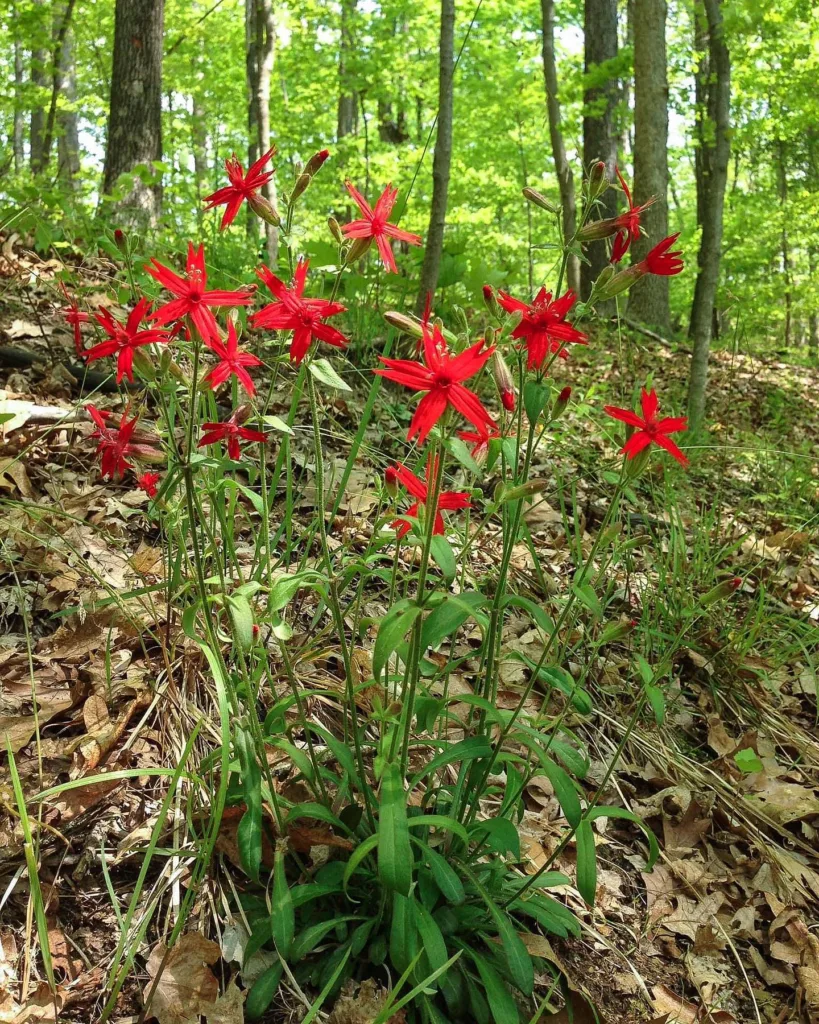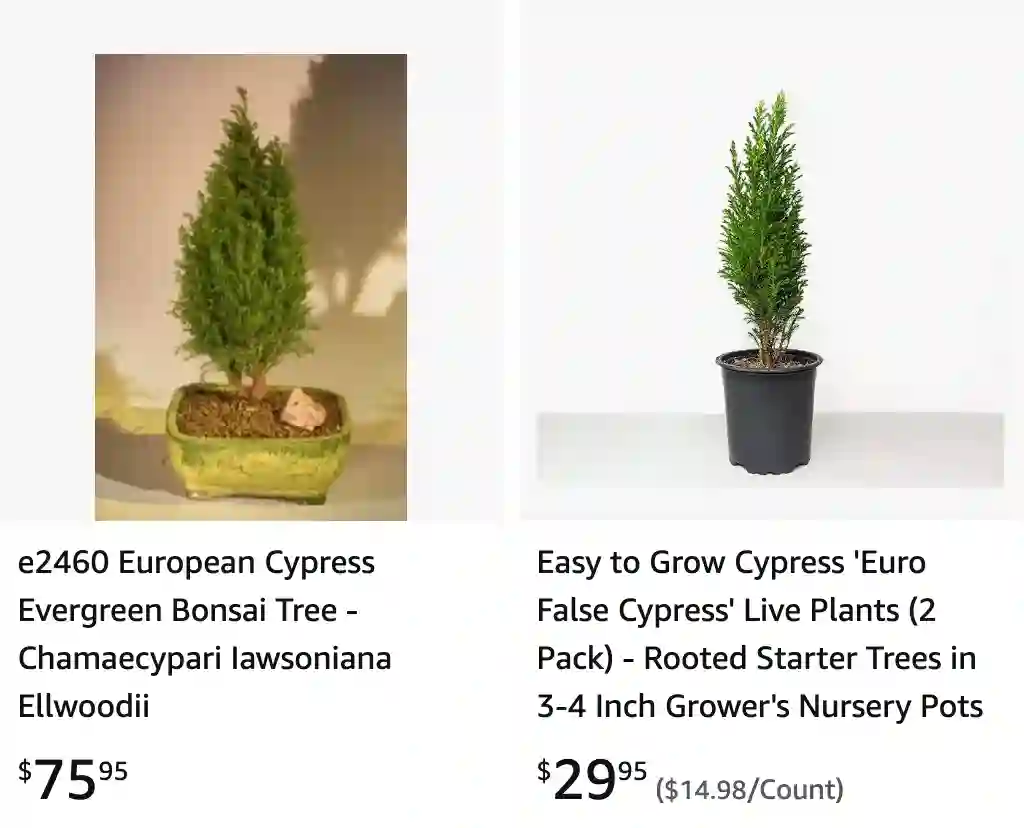
Chamaecyparis Ellwoodii: All You Need to Know About This Feathery Friend
Hi, Ferb Vu here! I’m a plant enthusiast, and today, we’re diving into the world of Chamaecyparis Ellwoodii, also known as the False Cypress ‘Ellwoodii.’ This attractive conifer boasts feathery foliage and easy care, making it a popular choice for home gardeners.
Whether you’re considering adding this beauty to your landscape or just curious about its characteristics, this FAQ will be your one-stop guide.
5 Species in Genus Chamaecyparis
What is Chamaecyparis Ellwoodii?
Chamaecyparis Ellwoodii is a cultivar of Lawson’s Cypress, a fast-growing evergreen tree native to North America. This specific cultivar is known for its soft, fern-like foliage in shades of blue-green. It has a columnar to pyramidal growth habit, adding a touch of elegance to any garden.
What are the benefits of planting Chamaecyparis Ellwoodii?
There are several reasons why Chamaecyparis Ellwoodii is a popular choice for landscapes:
- Easy Care: This low-maintenance plant requires minimal attention once established.
- Adaptability: It thrives in various soil conditions, from slightly acidic to chalky soils.
- Sun Tolerance: Ellwoodii enjoys full sun to partial shade, making it versatile for different garden placements.
- Fast Growth: If you desire a privacy screen or hedge quickly, this fast grower can deliver.
- All-Season Interest: The evergreen foliage provides year-round visual appeal.
How do I care for Chamaecyparis Ellwoodii?
Here’s what you need to know to keep your Ellwoodii happy and healthy:
- Watering: Water deeply when the soil feels dry to the touch. Allow for good drainage to prevent root rot.
- Lighting: Plant in full sun for optimal growth, but partial shade is also tolerated.
- Soil: Well-drained soil is crucial. Amending clay soil with compost can improve drainage.
- Fertilizing: A light application of balanced fertilizer in spring can promote healthy growth.
- Pruning: Prune lightly to maintain shape and remove dead or diseased branches.
How big does Chamaecyparis Ellwoodii get?
At maturity, Ellwoodii can reach heights of up to 20 feet (6 meters) with a spread of around 8 feet (2.5 meters).
Is Chamaecyparis Ellwoodii fast-growing?
Yes, Ellwoodii is considered a fast-growing conifer, putting on 1-2 feet (30-60 cm) of growth per year in ideal conditions.
Can Chamaecyparis Ellwoodii be grown in a pot?
Yes, Ellwoodii can be grown in a pot for several years with proper care. Choose a large pot with good drainage holes and use a well-draining potting mix. Be mindful that pot-bound trees will eventually need transplanting to the ground.
How cold-hardy is Chamaecyparis Ellwoodii?
Ellwoodii is a hardy plant, tolerating temperatures down to USDA hardiness zone 5 (-29°C to -23°C).
Chamaecyparis Ellwoodii vs. Leyland Cypress:
Both Ellwoodii and Leyland Cypress are fast-growing evergreen conifers used for hedges and screens. Here’s a quick comparison:
- Growth Habit: Ellwoodii has a more columnar to pyramidal form, while Leyland Cypress grows wider and bushier.
- Foliage: Ellwoodii has soft, blue-green foliage, while Leyland Cypress has a darker green, coarser texture.
- Maintenance: Ellwoodii requires less maintenance compared to Leyland Cypress, which can become leggy and require more frequent pruning.
Where can I buy Chamaecyparis Ellwoodii?
Many nurseries and garden centers sell Chamaecyparis Ellwoodii. You can also find it online from reputable plant retailers.
Additional Considerations for Chamaecyparis Ellwoodii
While we covered the basics, here are some additional things to keep in mind with Chamaecyparis Ellwoodii:
- Pests and Diseases: Ellwoodii is generally resistant to most pests and diseases. However, keep an eye out for bagworms, aphids, and fungal diseases like cypress canker in poorly drained soils.
- Toxicity: Like many conifers, Ellwoodii contains oils that can be mildly toxic if ingested. Keep this in mind if you have pets or small children who might nibble on the foliage.
- Spacing: When planting multiple Ellwoodii for a hedge, ensure proper spacing (around 4-6 feet apart) to allow for mature growth without crowding.
- Alternatives: If you’re looking for a slower-growing option with similar blue foliage, consider Chamaecyparis pisifera ‘Boulevard.’ For a broader hedge option, Thuja plicata ‘Green Giant’ might be a good fit.
Bringing Ellwoodii Indoors
While primarily an outdoor plant, Ellwoodii can be enjoyed indoors for a short period. Here’s what you need to know:
- Light: Place your Ellwoodii in a bright, indirect location near a window.
- Watering: Water sparingly, allowing the soil to dry slightly between waterings. Overwatering is a leading cause of indoor plant death.
- Humidity: Indoor air can be dry for conifers. Consider using a humidifier or placing the pot on a pebble tray filled with water to increase humidity around the plant.
- Limited Lifespan: Keep in mind that Ellwoodii isn’t ideally suited for long-term indoor living. It thrives best outdoors with proper air circulation and sunlight.
Enhancing Your Ellwoodii Experience
Here are some tips to elevate your experience with Chamaecyparis Ellwoodii:
- Companion Planting: Ellwoodii pairs beautifully with flowering shrubs like rhododendrons or azaleas, adding a pop of color to your landscape.
- Mulching: Apply a layer of mulch around the base of the plant to retain moisture, suppress weeds, and regulate soil temperature.
- Winter Protection: In colder climates, protecting your young Ellwoodii with burlap during harsh winters can offer additional insulation.
Conclusion
Chamaecyparis Ellwoodii is a versatile and easy-to-care-for conifer that adds beauty and privacy to landscapes. With its attractive foliage and fast growth, it’s a great choice for gardeners of all levels. So, if you’re looking for a low-maintenance evergreen that makes a statement, consider adding Chamaecyparis Ellwoodii to your garden!
If i die, water my plants!
